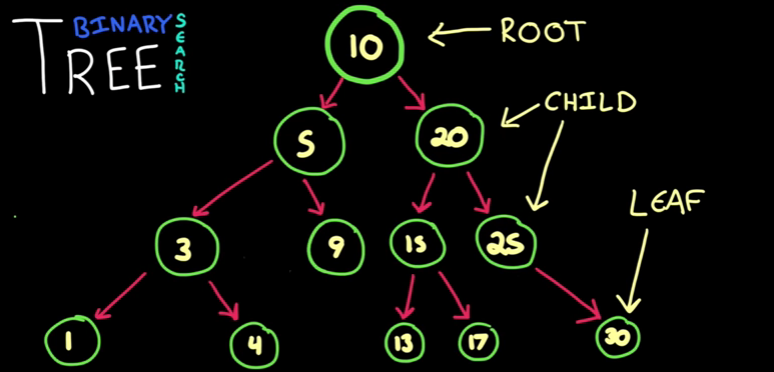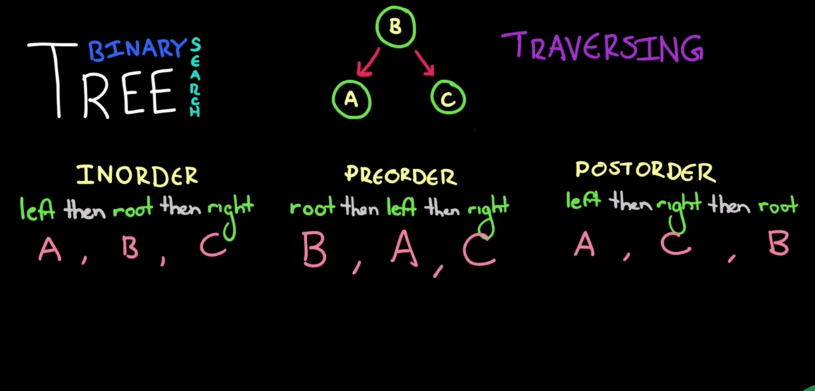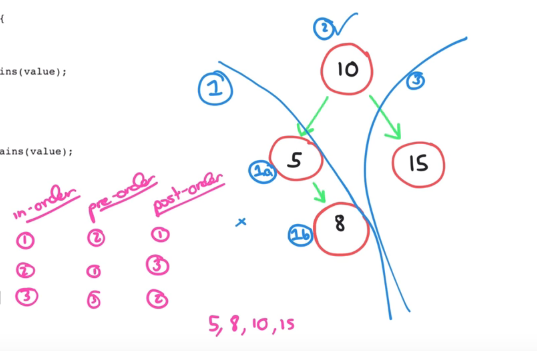1.
What's New in JDK
8
a.
Lambda Expressions
b.
Functional Interfaces
c.
Default methods
d.
Static Methods
e.
Method Reference and Constructor
reference using double column operator(::)
f.
Stream API
g.
Date and Time API(Joda API)
2.
Purpose of Java 8
a.
To
simplify programming
i.
Less code
ii.
Maintainable
iii.
Readable
b.
To get the benefits of the functional
program in java, Java uses lambda expressions.
c.
To enable parallel processing
3.
Lambda
expressions
a.
Lambda expressions are methods which are
do not belong to a class. They are just functions exist in isolation and that
function can be treated as values.
b.
Functions as Values
i.
Normally, We can assign a string or
any objects into a variable.
ii.
Lambda expression is a method which has assigned to a variable. If
we are assigning we do not need other method signature. So the lambda
expression signature will be like below code,
aVariable = ()-> {System.out.println("HIIII");}
iii.
Lambada expressions with parameters.
lambdaWithParamater = (int x)->{x= x+}
c.
Steps to create Lambda Expression Java
i.
Create an Interface with abstract
method having the same signature of the lambda function and use it as the type
for lambda expression variable. This interface must have only one method.
ii.
To run this action, call method in the
interface.
iii.
Its just like implementation of singe
function.
public interface LambdaType {
void foo();
public static void main(String[] args) {
LambdaType myLambmadaVoidNoParam = ()->{System.out.println("HIII");};
myLambmadaVoidNoParam.foo();
}
d.
Lambda Examples
e.
Why lambda expressions ?
i.
We are using lambda expression to
enable functional programming in java.
ii.
To write more readable, maintainable
and clean less code.
iii.
To use apis very easily effectively.
iv.
To enable processing also
4.
Function
Interface
a.
Java.util.function has special
interface like bleow, it contains generic methods used as type for lambda
expression wirh same type and signature.
i.
Predecate Interface
1.
It is already having boolean method.
So whenever we need a lambda expression with Boolean return type use Predicate
as type. No nned to create another
interface.
2.
Lot of other interfaces available like
this.
5.
Streams
List.stream().filter(student->getName().startWith(“C”)).foreach(p->System.out.println(p.getName())).
a.
Stream consists of 3 main elements
i.
Source
1.
Collection
ii.
Operations
1.
Filter(), used to give condition
iii.
end operations
1.
count()
b.
More succinct code, sometimes just one
liner
c.
You can pass lambda expression, which
gives you the immense flexibility to change what you do in the loop.
d.
.parallel() can be used for parallel operations.
e.
ForEach looping can be made parallel with
minimal effort e.g. without writing a single line of concurrent code, all you
need to do is call parallelStream() method.
f.
forEach() method is defined at two
places, on Iterable interface as well as on Stream class. which
means list.forEach() and list.stream.forEach() both are
valid.
g.
Prefer using forEach() with
streams because streams are lazy and not evaluated until a terminal operation
is called.
h.
forEach() is a terminal
operation, you cannot call any method on stream after this.
i.
When you
run forEach() method on parallel stream the order on which elements
are processed is not guaranteed, though you can
use forEachOrdered() to impose ordering.
j.
forEach() method accepts
a Consumer instance, which is a functional interface, that's why you
can pass a lambda expression to it.
6.
PUT vs POST
a.
PUT implies putting a resource - completely replacing
whatever is available at the given URL with a different thing. By definition, a
PUT is idempotent. Do it as many times as you like, and the result is the
same. x=5 is idempotent. You can PUT a resource whether it previously
exists, or not (eg, to Create, or to Update)!
b. POST updates a
resource, adds a subsidiary resource, or causes a change. A POST is not
idempotent, in the way that x++ is not idempotent.
c.
PATCH: Submits a partial modification to a
resource. If you only need to update one field for the resource, you may want
to use the PATCH method.
7.
JBOSS deployment
a.
JBoss AS 7: Copy the
.war file to JBOSS_HOME/standalone/deployments.
b.
Actually, for the
latest JBOSS 7 AS, we need a .deeploy marker even for archives. So add a
marker to trigger the deployment.
c.
To start server:
> cd bin
>
standalone.bat
start tomcat
cd bin
startup.bat
8.
1.6 to 1.8
migration
a.
upgraded from Java 6 to
Java 8, to benefit from improvements in speed, brevity of code, and lower
memory usage.
b.
The JDK is backwards
compatible, meaning that JDK 8 can run binaries produced by JDK 7 and JDK 6.
The javac compiler can also produce binaries targeting earlier versions of the
JDK. In planning to upgrade, we will use this capability.
c.
When upgrading
infrastructure, it is important to segment the architecture. Rather than
upgrading everything at the same time, separate it into different environments
so that you can test each one on its own.
d.
Environment Variables for
installation
i.
PATH – identifies which
actual java executable your system will use when you call java. You can
circumvent this by explicitly calling the executable via /opt/jdk8/bin/java or
/opt/jdk7/bin/java commands. Just call the one you want to use at the time. If
you use scripts that rely on environment variables, consider isolating your
terminals if you change the environment.
ii.
JAVA_HOME – some
applications use this variable to identify where Java is.
iii.
Test your upgrade the
following commands:
1.
java -version
2.
This should reply back
with 1.8 or 1.7 depending on which you want. Just make sure it is right
3.
echo $JAVA_HOME




